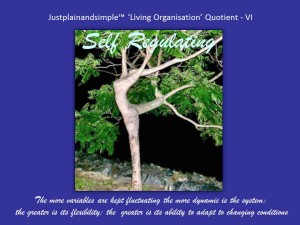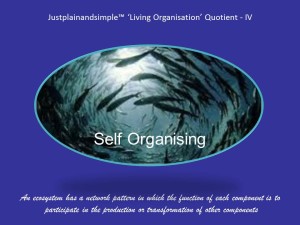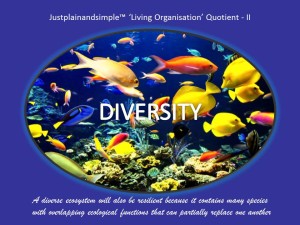Fielding, like HR, has been seen as a Support Function in cricket for too long;
till Jonty Rhodes changed the game and said a Fielder can win matches.
Ask anyone and the most probable answer is “Yes, HR is a support function”. Whenever I interview for HR positions, I hear candidates reinforcing this with a great sense of pride and confidence.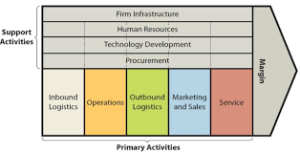
I feel that the search for a good HR person is the most critical and also the toughest. For every function, as would be practice with most of us, functional experts validate technical understanding of candidates. In the final round we check more for cultural and values fit. For HR, however, ‘functional’, ‘values’ and ‘culture’ domains tend to merge at some level. Smart candidates manage ‘correct’ answers with great elan !!
As one of the differentiators, I started asking an open ended question “HR is a support function; what are your views ?” Answers reveal a lot about core beliefs and thoughts related to this point.
In one such round, after a particularly good interaction, we were very sure of a candidate’s selection. And then he went on to rave about how HR is a ‘support’ function. Even to indicative hints of possibilities of direct impact, he strictly reinforced his belief in the concept of providing ‘support’ only.
In the same round, another candidate spoke strongly about the direct impact HR could make as an inherent part of the business. This person, who was selected, later went on to become group HR head of a large business group and then CEO of one of the group companies.
This is not to say that every HR person would or should want to be or aspire to be a CEO. Nor to say that every HR person would or should have core business or other skills needed to be a CEO. It is upto each individual and his/her priorities.
However, a belief that HR is mainstream in the value chain, as integral or with as much impact as sales or marketing or production (content in knowledge organisations), can help businesses and HR people both in achieving more harmonious and successful trajectories.
By the way, the logic holds true for other functions, which believe themselves to be ‘support’ functions, as well. No surprise that this further leads to these functions being classified as ‘overheads’ waiting to be slashed anytime or rather all the time. A self reinforcing self amplifying runaway loop.
Living systems are integrated wholes whose properties cannot be reduced to those of smaller parts. Throughout the living world, we find systems nesting within other systems. At each level the observed phenomena exhibit properties that do not exist at lower levels. The systemic properties of a particular level are called ‘emergent’ properties, since they emerge at that particular level.
So also, in organisational terms, collaboration is not about gluing together existing egos. It is about the ideas that never existed until everyone entered the room.
In systems view, we realise that the objects themselves are networks of relationships, embedded in larger networks. Symbiosis, the tendency of different organisms to live in close association with one another (like the bacteria inside our intestines), is a widespread and well known phenomenon. Symbiogenesis : creation of new forms of life through permanent symbiotic arrangements is now seen as the principal avenue of evolution for all higher organisms.
There is a lot to learn from ‘Living Systems’.
HR can achieve so much more in a Justplainandsimple™ Strategic Way, by establishing organisational core competencies in line with business foresight and sense of direction, reinforcing the strategic architecture, building on strategic intent, leveraging to achieve a stretch through the resources it can impact and batting with brand style and tonality ….. on the front foot, to hit the ball over the stands for a six !!
All this rather than ‘supporting’ businesses by maintaining and ticking ‘checklists’ and ‘dashboards’ of low impact, low sustenance activities.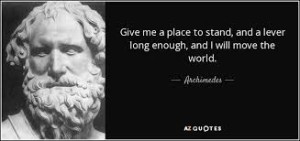
Through mechanisms and processes at its command and ability to leverage and impact the quantity and quality of one of the top two line items in the P&L (cost of goods and people depending on the industry), HR can create a competitive advantage for the organisation. A causal advantage effecting more customers or beneficiaries (for not for profit organisations) to choose to buy more or more often or be willing to pay more for the organisation’s products and services.
Or help cause to create a cost advantage that can be passed on to customers or captured as ‘surplus/profit’ in the P&L ….. a diving run out to win you the match when 2 runs are required by the opponents to win off 1 ball !!
www.justplainandsimple.com
5,780 total views, 1 views today
 Mention of ‘Murthal’ conjures up images of delicious ‘Parathas, Butter and Curd/Lassi’ combo. From the raw material of basic wheat flour to the prompt serving of finished products in the form of mouth watering parathas, one can learn the basics of Value Addition in Business !!
Mention of ‘Murthal’ conjures up images of delicious ‘Parathas, Butter and Curd/Lassi’ combo. From the raw material of basic wheat flour to the prompt serving of finished products in the form of mouth watering parathas, one can learn the basics of Value Addition in Business !! 



